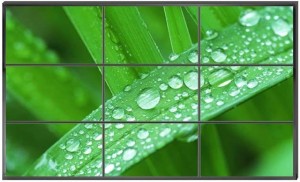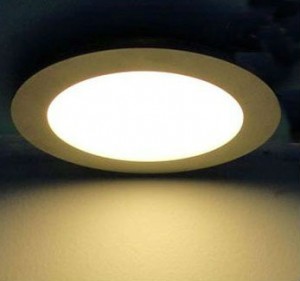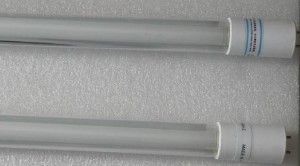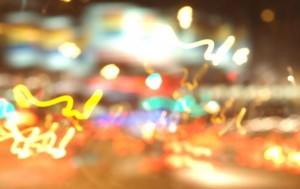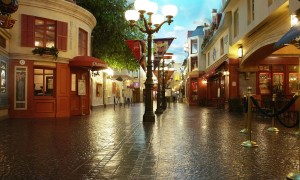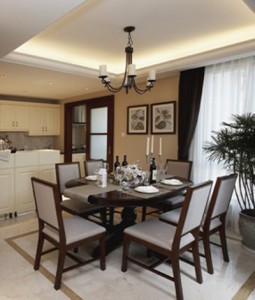Recently, regardless of the mainland or abroad, the LED lighting industry is in rapid development, but behind the rapid development Chinese LED lighting products has exposed the lack of core technology and innovative capacity, disorderly competition in the market and other issues. Specific performances are as follows:
Firstly, as for the output value, the current mainland types of led lighting market penetration rate is only 5%. Relying on imports of core technologies and higher overall cost, which becomes a stumbling block to hinder the further development of LED industry. The LED chip is like the engine of a car. Lack of core technology will be directly restricts the development of this industry. It is understood that the LED upstream chip production technology lies in the hands of foreign companies, and the slower the process of domestic technology affects the development of the industry. MOCVD epitaxial furnace and its related technology, on behalf of the most high-end of the LED Street Light industry chain, mainly depends on imports, which greatly restrict the cost control of the LED industry upstream.
Secondly, as to the overall level, the gap between China and the international-class is still about two years. Many developed and developing countries or regions in the world are accelerating the development of semiconductor lighting technology and industry. On technology, China is in the second echelon.
Thirdly, blind investment and the lack of core technology lead to the imbalance development of LED lighting market. Inconsistent quality is also a common issue for LED enterprises. The types of led lighting market exists a lot of small and medium-sized enterprises to produce low-quality products, and the industry pattern is unstable.
Fourthly, with international giant companies entering into the Chinese market, lots of enterprises with core competitiveness in mainland will face the risk of M & A, while enterprises lack of competitiveness may be eliminated directly. If we do not regulate the market, Chinese LED Lights market may degenerate to a wedding dress maker for foreign lighting giant.
According to the analysis of a number of experts, recommendations are as follow:
Strengthen the guidance of government planning on the whole types of led lighting, and carry out enforceable national industry standards as soon as possible, especially related products in the industry standard in the demonstration project, such as street lamps, tunnel lights, display, landscape lights, so that it can provide procurement of local governments and enterprises, standard to follow.

